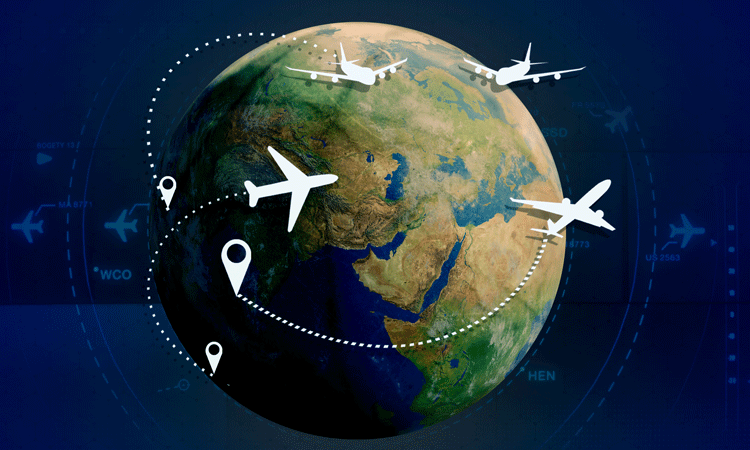
The surge in passenger numbers marks a dramatic turnaround from the previous years affected by the global pandemic. Hamad International Airport handled approximately 18 million passengers in the first six months of 2024, a substantial rise from the 14.4 million recorded during the same period last year. This growth aligns with the broader trends observed in the global aviation industry, where the relaxation of travel restrictions has fueled a resurgence in passenger volumes.
Key factors contributing to this growth include Qatar's successful hosting of the 2022 FIFA World Cup, which significantly boosted the country's profile as a travel destination. The tournament attracted millions of visitors and showcased the airport's capacity to handle large volumes of passengers efficiently. The World Cup's legacy continues to benefit the airport, as many travelers have been inspired to visit Qatar after seeing the country's modern infrastructure and hospitality during the event.
Additionally, the strategic location of Hamad International Airport, coupled with Qatar Airways' extensive network, has strengthened Doha's position as a key transit point for international travelers. The airport serves as a major connecting hub for flights between Europe, Asia, and Africa, making it a preferred choice for many long-haul travelers.
The CAA's report also highlighted the role of increased airline operations and expanded routes in driving passenger traffic growth. Qatar Airways has aggressively expanded its network, adding new destinations and increasing frequencies on existing routes. Collaborations with other airlines, such as codeshare agreements, have also contributed to higher passenger numbers, offering more travel options and connectivity through Hamad International Airport.
Furthermore, investments in airport infrastructure and services have played a crucial role in accommodating the rising number of passengers. The airport has continuously upgraded its facilities, enhancing the travel experience with state-of-the-art amenities, efficient security processes, and a wide range of retail and dining options. These improvements have not only increased capacity but also boosted the airport's reputation for providing a seamless and enjoyable journey for travelers.
Hamad International Airport's performance in 2024 underscores the broader recovery trends in the aviation sector. According to the International Air Transport Association (IATA), global air travel is expected to reach 87% of pre-pandemic levels by the end of the year, driven by pent-up demand and the lifting of travel restrictions. This recovery is reflected in the passenger numbers at Hamad International Airport, which continue to rise as more countries open their borders and international travel normalizes.
Looking ahead, the airport is poised for further growth as it continues to leverage its strategic advantages and enhance its services. Ongoing projects, including the expansion of terminal facilities and the introduction of innovative technologies, aim to increase capacity and improve the overall passenger experience. These developments are expected to support the airport's ambition to handle over 60 million passengers annually in the coming years.
Hamad International Airport's impressive growth trajectory not only highlights its recovery from the challenges of the pandemic but also reaffirms its status as one of the world's leading aviation hubs. With continued investments and strategic initiatives, the airport is well-positioned to capitalize on the resurgence in global travel and maintain its competitive edge in the international aviation landscape.
Topics
Qatar
